The Los Torres rivershed is reborn
News Category: News and Community News
-
The rehabilitation of the dam in Los Torres, San Miguel de Allende, promoted by civil associations, seeks to restore the local ecosystem and ensure water availability.
Published October 1, 2024
The Los Torres community reservoir is being rehabilitated thanks to the intervention of civil associations based in San Miguel de Allende whose main objective is environmental care and sustainability. Through the Tikkun Eco Center San Miguel de Allende association, which works in coordination with Caminos de Agua , this project is being carried out to regenerate the watershed by restoring the rainwater harvesting bordos (reservoirs).
Rebeca Ayala, an environmental engineer at Tikkun Eco Center, explained that the reservoir system is a centuries-old practice that was lost with the privatization of water, which involves deep drilling, where the water is more contaminated.
Aerial view of the Los Torres dam, highlighting its historic structure in the landscape. Photo: Ingrid Devesa
The association points out that one of the proposed solutions is to return to the practice of rainwater ponds from a perspective of restoring the entire ecosystem around these reservoirs, so they can fulfill the function of providing water for crops and animals.
“Where there is agriculture and livestock, the bordo is the way to survive during the drought, which here lasts nine months of the year, so you have a very small window to capture water,” said Rebeca.
The project; The community of Los Torres has a reservoir that is more than 150 years old and is based on farming. The reservoir has a large capacity for water collection, however it was neglected. In January of this year, work began with the inhabitants of the community. This work was guided by Caminos de Agua for the creation of agreements and participation committees. In May the dredging of the reservoir began, removing more than 770 trucks of earth from the abandoned reservoir.
After a pause due to rain and planting season, reforestation work and construction of terraces and basins will resume in October. This task will use the soil extracted from the embankment to plant native vegetation in the micro-basin, in addition to reforesting the area of the church and the community school, where a community garden project will also be implemented so that children understand the direct benefit of this work.
The association is currently seeking resources to pay wages to the community’s residents with the intention that they themselves build the terraces and basins, in addition to installing the perimeter fence to protect the embankment from contamination and livestock.
Investment
The rehabilitation project of the embankment is financed by the Gonzalo Río Arronte Foundation and the San Miguel Community Foundation , through Tikkun and Caminos de Agua , bringing a direct benefit to the community, in addition to the ecosystemic restoration that they represent for the planet in general.Rebeca Ayala highlighted the importance of this type of project that benefits the ecosystem because it creates a healthy space where biomass and oxygen are generated, which will make it rain more and the area greener.
“Humans in general and all living beings’ benefit, because it is a system where everything is connected. All of San Miguel de Allende benefits from the fact that these types of micro-basins are doing well and that there are still farmers,” she said.
Tikkun Eco Center conducts research in communities in San Miguel de Allende with the aim of planning the next project to recover a riverbed.
Tikkun Eco Center was founded 15 years ago by Ben Ptashnik and Victoria Collier, who are environmental activists on sustainability, resilience and food sovereignty issues, with focus on supporting local producers.
The first rehabilitation project of a bordo was carried out in the community of San José de Gracia in San Miguel de Allende, where a 3-hectare area was recovered by excavation, dam reparation, and reforestation. This sustainable construction serves as a prototype to implement educational and restoration programs in the municipality.
Tikkun Eco Center is currently researching new communities to replicate the rehabilitation model and continue its mission of restoring local ecosystems.
Photos: Ingrid Devesa

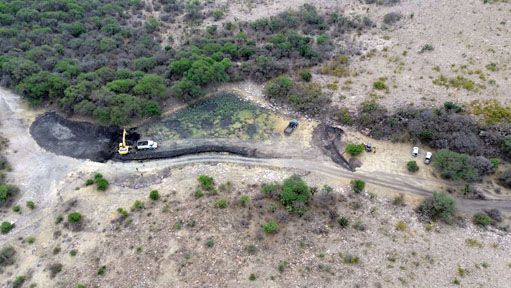
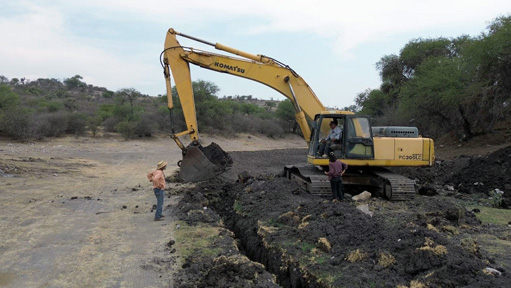
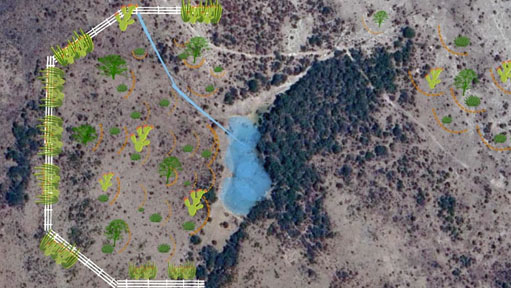
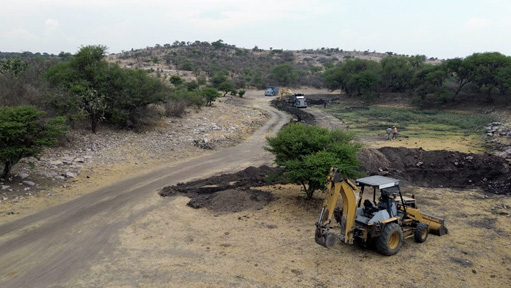

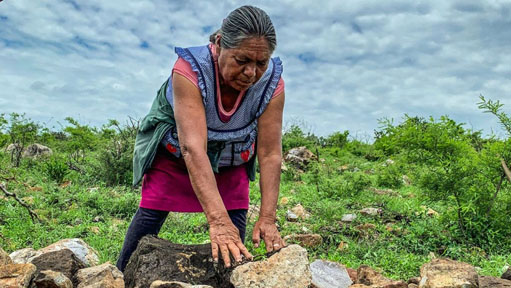
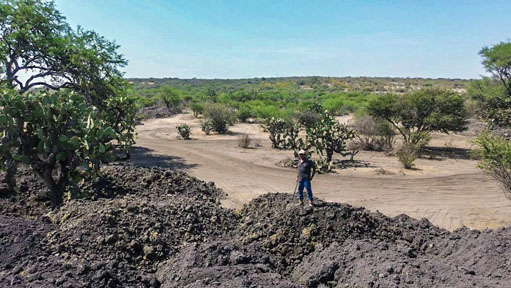
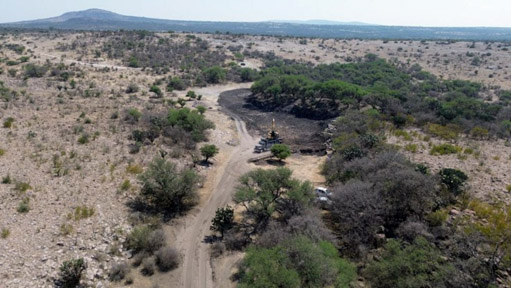
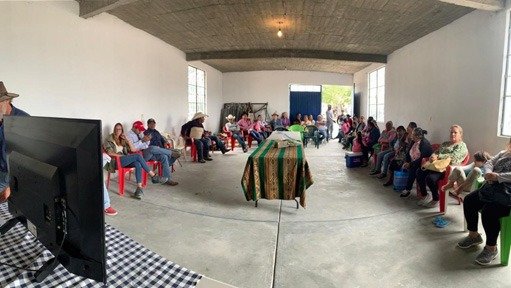
Leave a Reply